Russia’s iconic conventional submarine known as the Project 877 and Project 636 Kilo class were developed mainly to replace the preceding Foxtrot and Tango classes.
Known the world over as a cheap, cheerful yet capable submarine the kilo is operated by various navies around the world.
Since the first boat was laid down over four decades ago it has been a mass produced platform that has stood the test of time, and is still being produced.
The 1970s was known as an era of stagnation in the Soviet Union, ships and submarines were being built at fast pace but during this time it was seen as an era of no great change.
Ultimately change came in the mid to late 1970s. The politicians decided it was time to replace the obsolete diesel boats of the 40s and 50s era with a more modern design.
This modern design was a departure from anything in the conventional submarine force of the Soviet navy. It would become known as the project 877 Paltus or the Kilo class to NATO.
A New design
All other soviet conventional submarines had up to now a more traditional hull form, being shaped like a surface ships. While this may sound ridiculous it in fact made sense.
Older classes such as the Whiskey, Zulu, Romeo Tango & Foxtrot are not much more than heavily upgraded WWII era boats.
These were designed to have modest surfaced and submerged speeds. Even though fitted with a snorkel surface transits were still required.
From the outset project 877 was designed to be the first Soviet diesel submarine to have a rounded cigar shaped hull, similar to the nuclear submarines of the Soviet navy.
Designs were finalized in 1978 and the first unit B-248 of project 877 was laid down in early 1979 at the Komsomolsk-on-Amur in the Russian far east.
B-248 was launched on September 12 1980 and after a series of trials it was commissioned into service December 31 1980.
Since the launching of B-248 the Production of the Kilo has not really stopped. The design has under gone some changes and as of 2022 the design is on the third generation.
Submarines of the Kilo class currently serve with the Russian navy in all fleets except the Caspian flotilla.
The project 877 the first generation
There are three main variations of Kilo those being the original project 877 Paltus, the upgraded Project 636 Varshavyanka, and the current built project 636.3.
Each appendix letter notes a variation in the original design, for example 877V denotes this submarine has a pump jet fitted.
All of the boats are all double hull and have a reserve buoyancy of around 32% and can dive to 300 meters. They are 72.6 meters long (73.8m last 8 units), have a beam of 10m and a draught of 6.2 meters.
Displacing 2,300tons on the surface and 3,000 tons submerged the boats are powered by two 1,000shp DL42MH diesel engines. The last 8 units however are powered by a 1,500shp DL30DG engines.
These engines are used as generators and are not direct drive. They are used to charge the lead acid batteries which in turn power the 5,500shp PG141 electric motor. The last 8 boats use the updated 5,500shp PG165 electric motor.
One exception to this is a single Project 877 EKM has a smaller 4,050shp electric motor and all were fitted with a 6 blade screw initially.
A project 877 top speed is around 10 knots on the surface and 17 submerged. It has an economical under water speed of 3 knots. It gives the project 877’s a combined range of 6,500nm at the average speed of 7 knots.
Project 877 and Project 636 are manned with 52-57 officers and enlisted with an endurance of around 45 days.
Electronics and sensors systems
Various sensors are used in these submarines Soviet and Russian boats are given the following set up. export submarines can use different sensors.
The large bow mounted MGK-400 Rubicon which is an active / passive sonar system, integrated with the MG-512 Vint self-monitoring sonar and MG-53 narrowband sonar. Also fitted is the MG-553 Shkert sonar system.
A High frequency MG-519 Afra Mine and ice detection sonar is used in areas where there are potential mine and ice threats.
Surfaced or at periscope depth the boats use MRK-50 Kaskad radar complex coupled with the MRP-25 Electronic Surveillance System for electronic detection in conjunction with the Khrom-M IFF system.
Like the west the Khrom-M IFF can identify potential targets and also allied vessels while at sea.
All the combat information is fed into the MVU-110EM combat information control system enabling the commanding officer to view an overall situational picture.
To navigate the boat it uses the Andoga navigational complex.
Weapons and variations
Project 877 and Project 636 submarines have six 533mm or 21in torpedo tubes. Various torpedoes can be carried most commonly SET-65E, TEST-71M,53-65K and USET-80.
The 877EKM variants can also fire the Klub missile currently in service with the Indian, Iranian and Chinese navy.
Torpedoes can be replaced with up to 24 mines or a mix of mine and torpedoes can be carried. Also carried are the Strela ZM or Igla 1 MANPADS in order to combat aircraft. (Surfaced only)
The project 877 has several variants. The E variant has been exported to Poland and Romania. The EKM variant brings these boats closer to the capabilities of the improved Kilo or project 636.
A lone Project 877V variant is B-871 Alrosa. This unique boat is the only one fitted with a pump jet. No other unit has been fitted with a pump jet and I would suspect it wasn’t considered a success.
Project 636 and Project 636.3 the next generations
Intended as an upgraded project 877 for export the 636 ultimately took on a life of its own. China Algeria and Vietnam all ordered these submarines for their navies. There was however a twist to the story.
Initially conceived as a export version Russia has since ordered a number of these submarines for its on navy.
The design of the 636.3 is good enough that the project 677 Lada which was due to replace the Kilo has not been successful.
Project 636 and 636.3 retain the 1,500shp DL30DG engines. Submerged the main electric motor is the smaller 4,050shp turning a 7 blade skewback propeller.
With this alteration it allows the submarine to reach a top speed of around 20 knots submerged and 11knots Surfaced while using less power.
Range has also slightly improved to 7,500nm at a combined economical speed of 7 knots, endurance of 45 days remains the same as does the diving depth of 300 meters.
Largely the weapons load out remains the same with the exception that the 636 and 636.3 can fire the Klub and Kalibr missiles.
Updated sonar systems and combat information systems along with the consoles however remain the same. It should be noted the consoles have been upgraded in the 636.3 and now feature a waterfall display system.
The Offspring and numbers
Since the beginning the Kilo has been very successful not only in Russia but as an export. Two NATO navies have a kilo class in their fleet those being Poland and Romania.
Uniquely there has been what I describe as plagiarism with the design. Looking at the Chinese Type 039 Yuan noting the exception of the fair water planes and the vertical tail its essentially a kilo in disguise.
Overall Russia has built over 75 of these submarines, and continues to do so for domestic and export markets.
This is more than the German type 209 at 64 hulls and the preceding Foxtrot at 74 hulls.
Several navies have expressed interest in purchasing the submarine those being Venezuela, Philippines and Indonesia.
Although Indonesia has decided not to purchase.
Being a relatively cheap submarine at around US$400 million per boat and this puts it in reach of many navies mainly those of developing nations that traditionally could not afford such a vessel.
India is one of the main users of the Kilo class and most recently transferred one boat to Myanmar. The Kilo currently operates with the navies of Algeria, China, Poland, Romania, Vietnam, and Iran.
Conclusion
Today the design of the Kilo is now somewhat dated it still nether the less is very capable. Being of such low cost it enables a navy that otherwise see’s the submarine as too expensive to operate as a viable platform.
Submarines of the Kilo class are still capable units and the later versions more so. During several NATO exercises the Polish Kilo Orzel proved this many times.
While the design is old and dated it can still cause problems with surface units and also keep out the way of other submarines.
Having been to sea on the Orzel myself it really is a unique design that has stood the test of time. For a submarine of its type it is fairly spacious compared to the German type 212A and carries a decent amount of ordinance.
Realistically these boats are not designed to go up against the latest and greatest SSNs out there. However, they could still interfere with shipping pinning down ASW forces.
Being relatively quiet boats it gives the ASW forces going against them a huge task to undertake in order to find them.
Indeed the Orzel a 30+ year old Kilo has given NATO forces a deep insight into how these submarines can be employed in any combat scenario
Overall the Kilo class will be with us for some time to come.
Want to know more about Russian Ships and submarines ?
Then check these articles out
- Russia’s Oscar class & Kursk https://www.navygeneralboard.com/russias-oscar-class-the-kursk-tragedy/
- Russia’s Admiral Kuznetsov Carrier https://www.navygeneralboard.com/russias-troubled-carrier-a-ship-of-many-names/
- Russia’s Udaloy class Destroyer https://www.navygeneralboard.com/russias-udaloy-class-destroyer/
- Russia’s first SSBN Hotel class https://www.navygeneralboard.com/the-soviets-troubled-first-generation-ssbn/
- Russia’s Tango class https://www.navygeneralboard.com/the-tango-class-russias-rubber-submarine/
- Russia’s huge Typhoon class https://www.navygeneralboard.com/russias-massive-typhoon/
- Russia’s Juliet class SSG https://www.navygeneralboard.com/the-last-of-her-kind/
- Russia’s Zulu class https://www.navygeneralboard.com/project-611-zulu-class-submarines/
- Russia’s Foxtrot class https://www.navygeneralboard.com/a-cold-war-warrior-a-walkthrough-of-a-foxtrot-class-submarine/
- Russia’s First nuclear submarine November class https://www.navygeneralboard.com/the-first-soviet-nuclear-submarines/

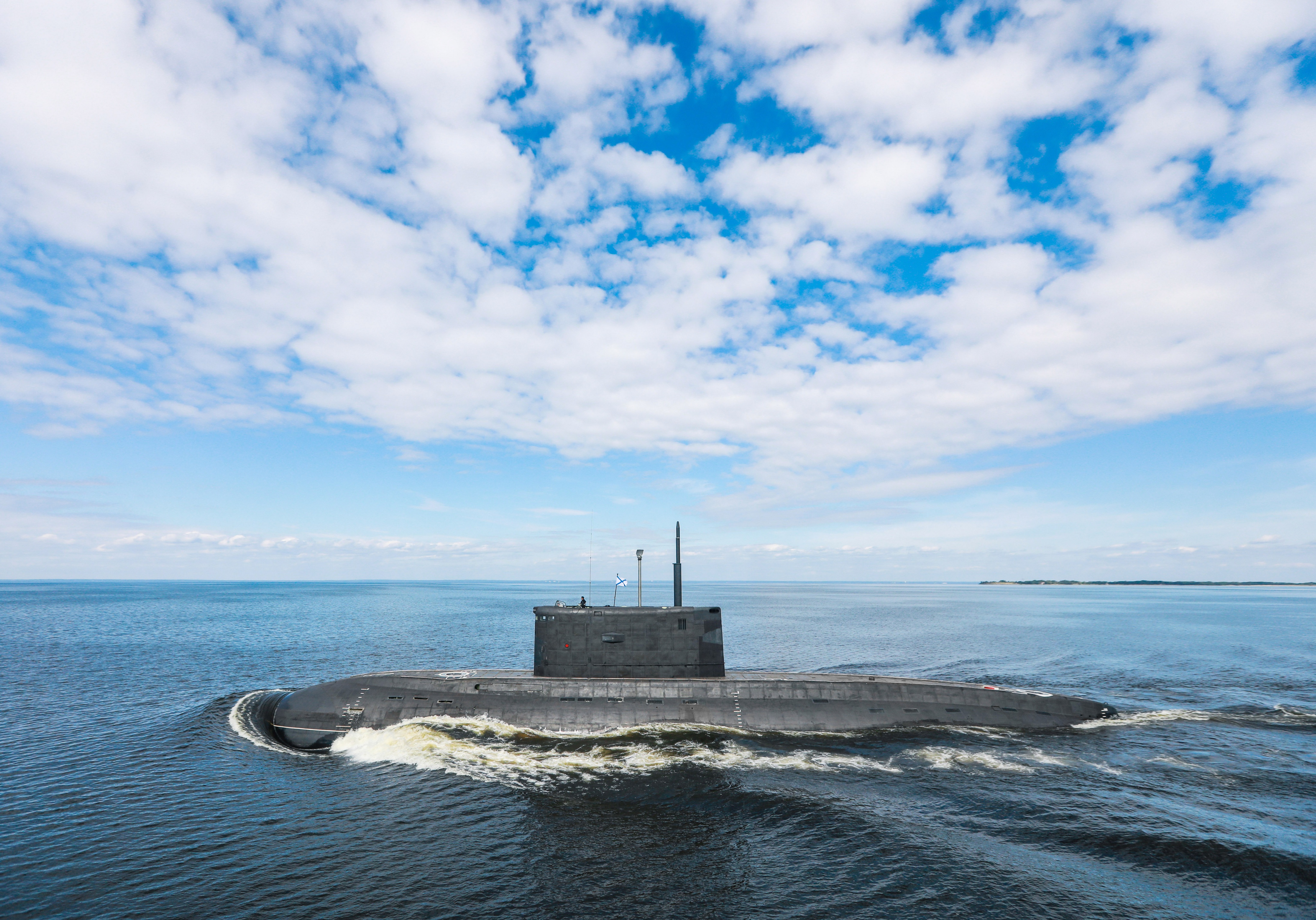
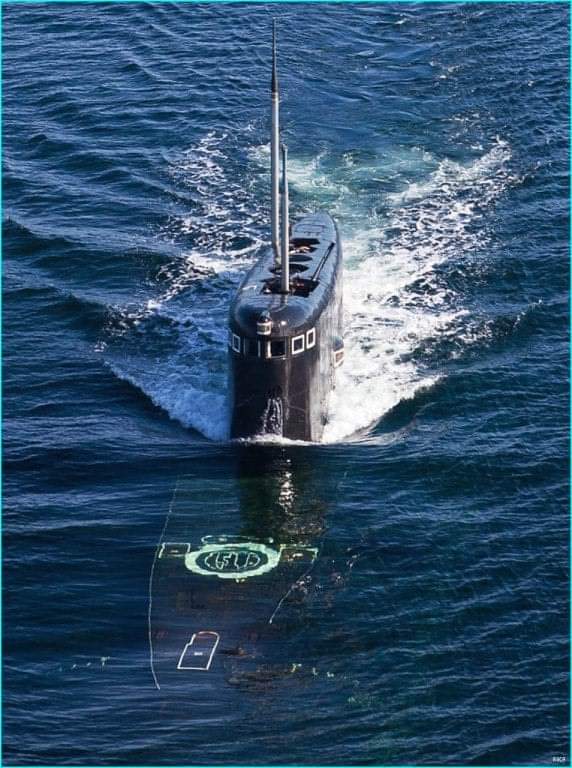
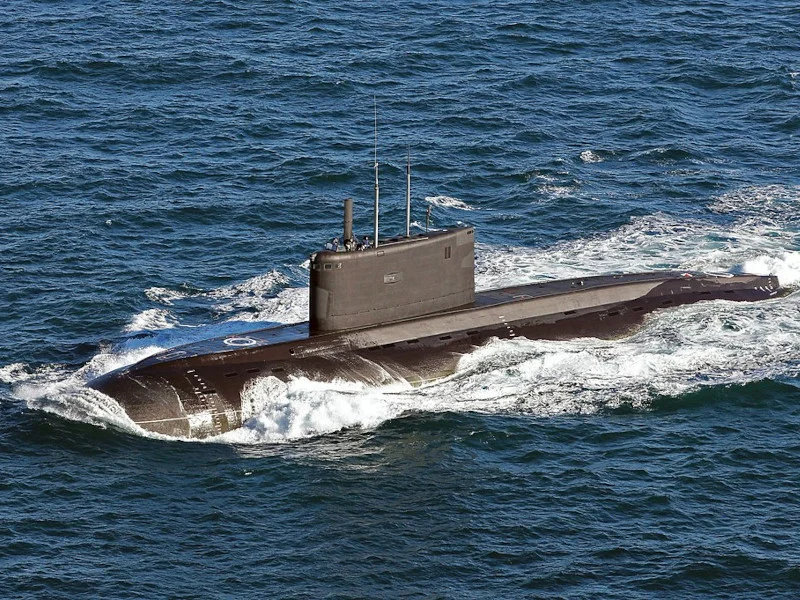
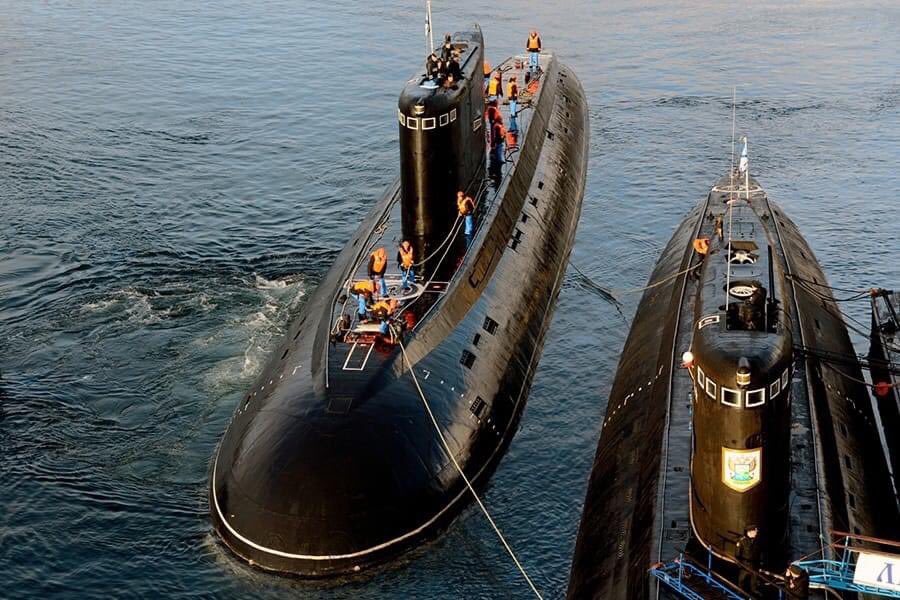
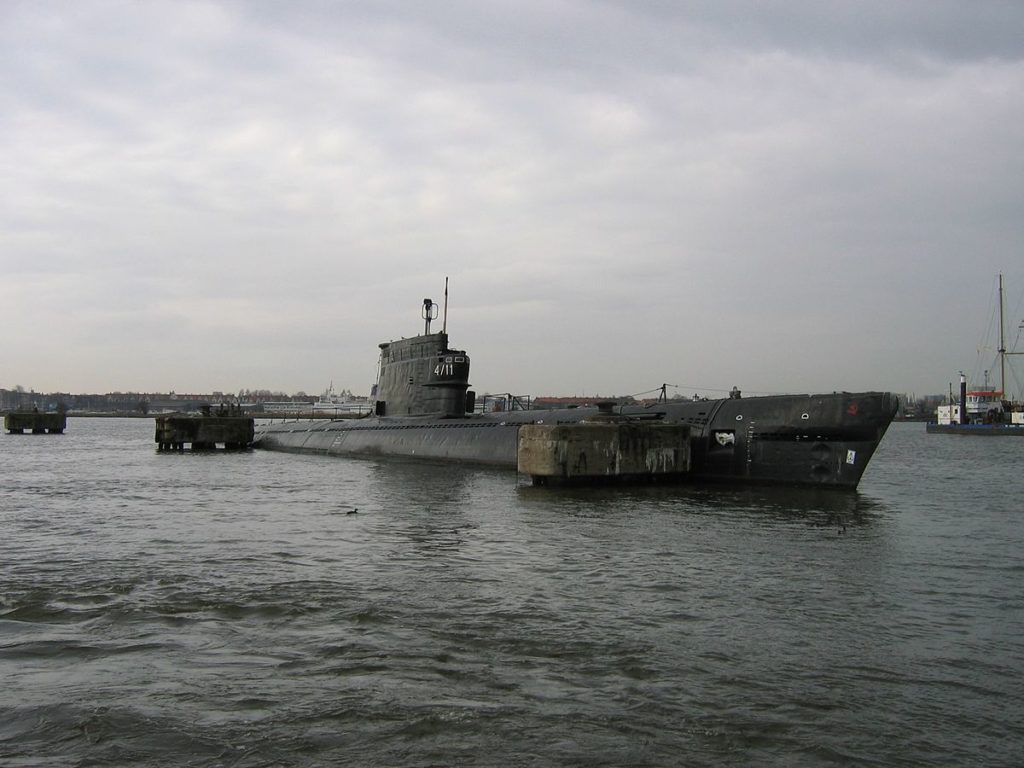
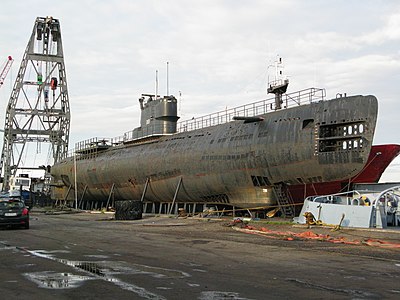
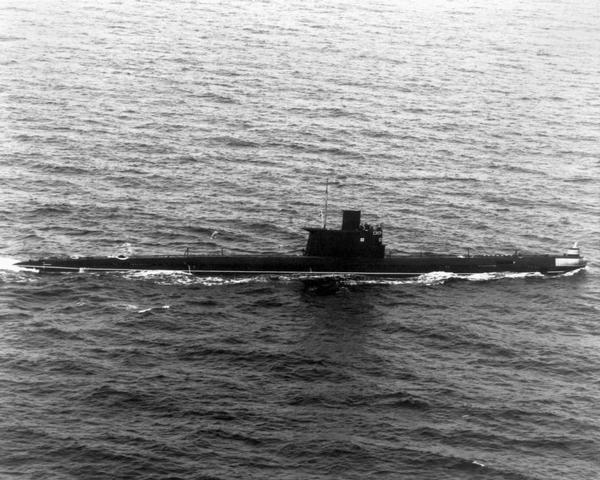

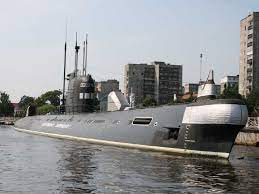
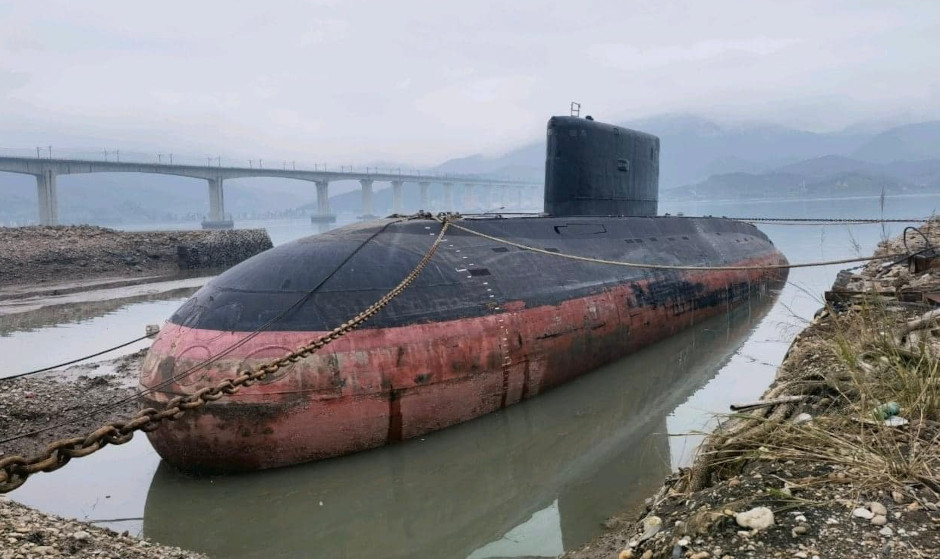
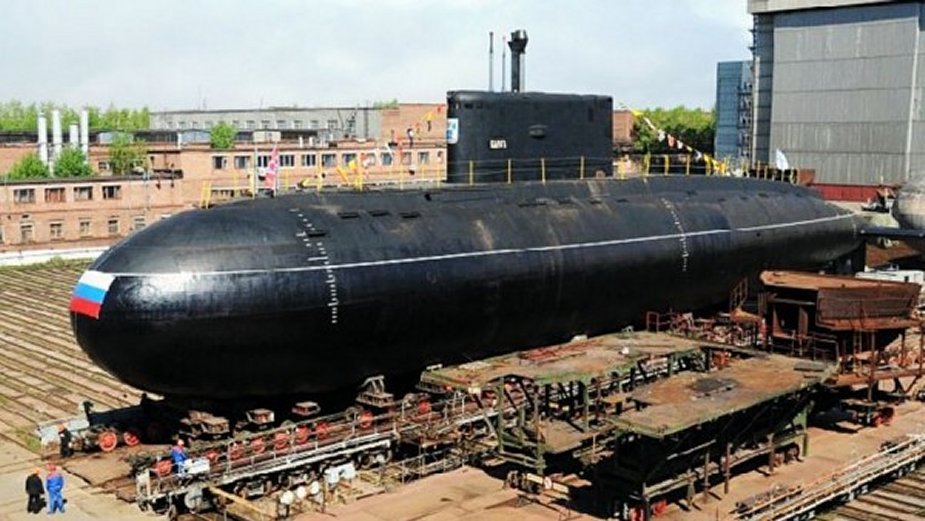
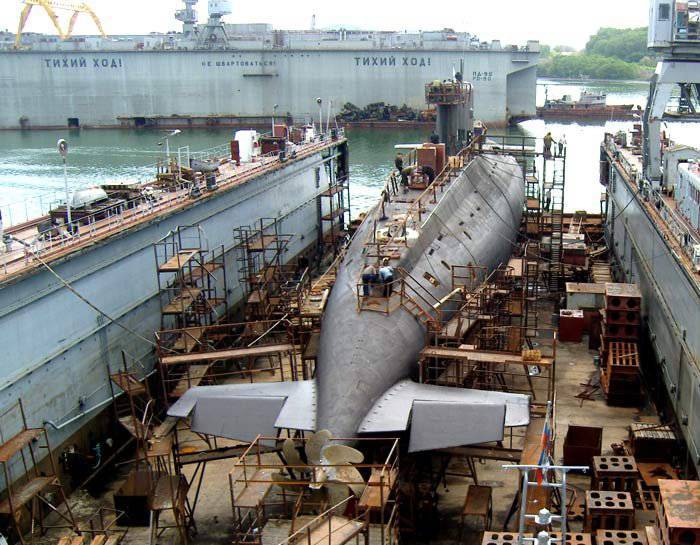
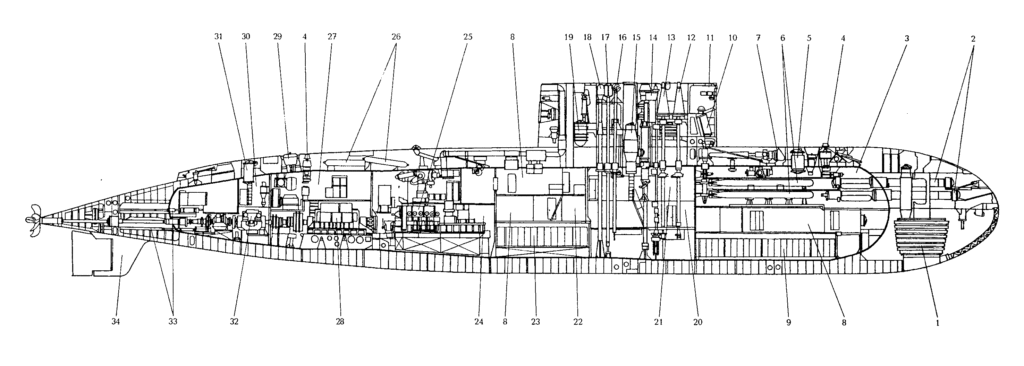
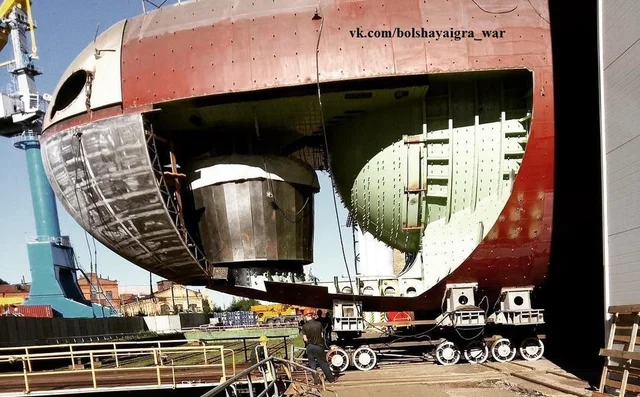
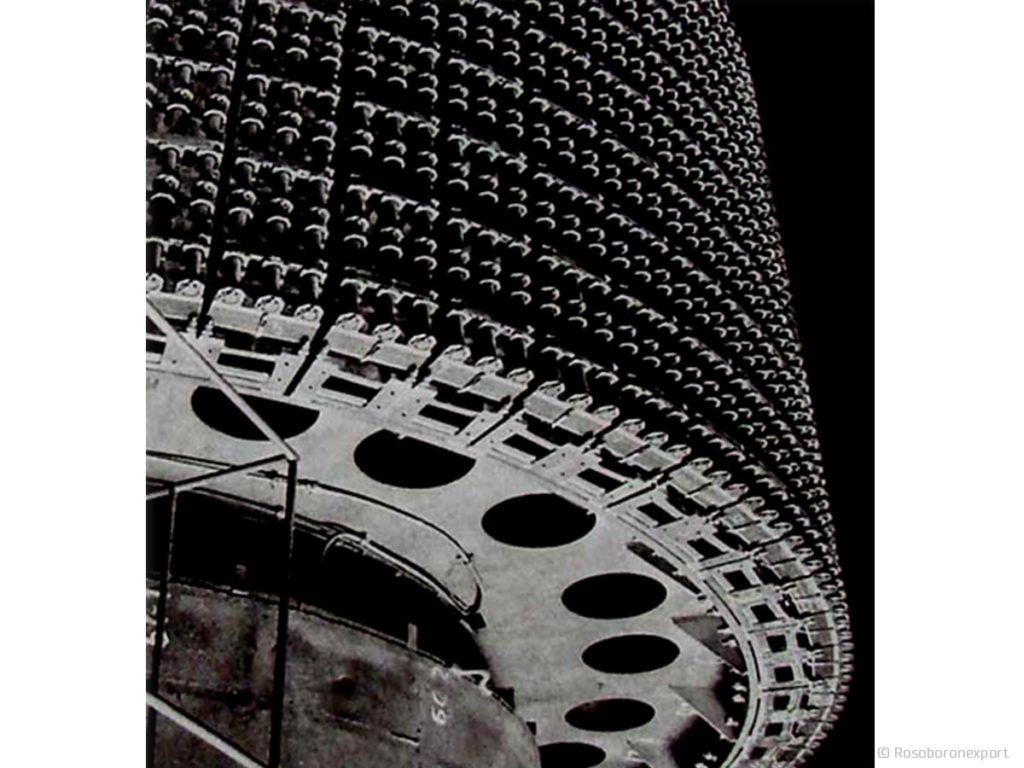
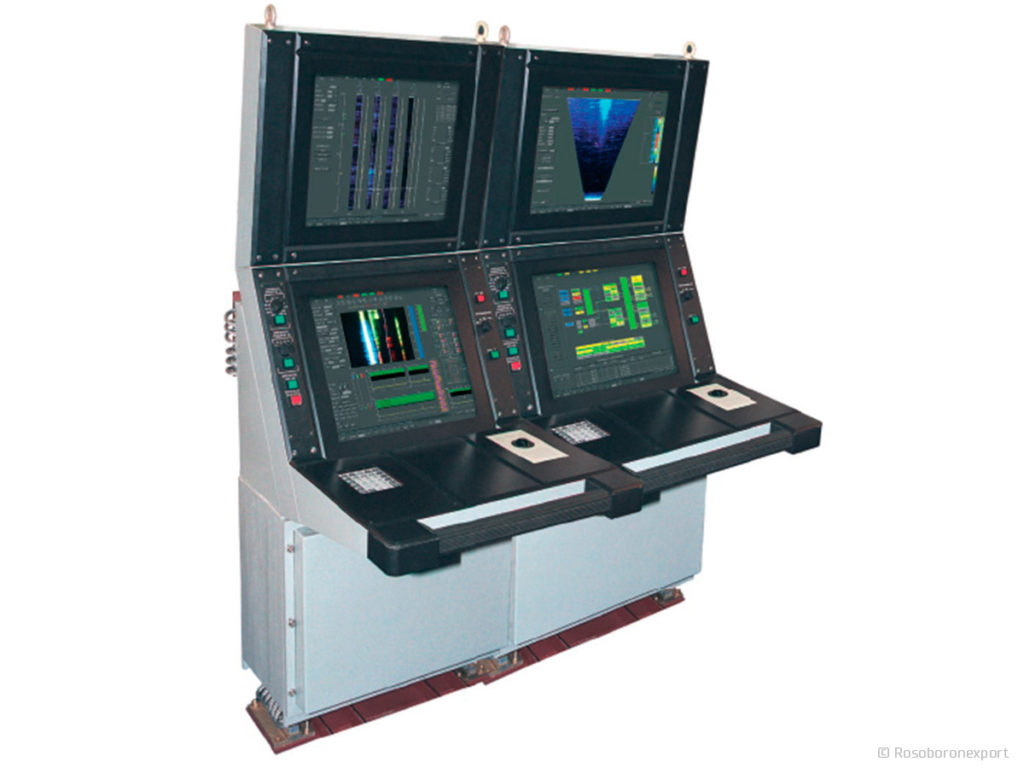
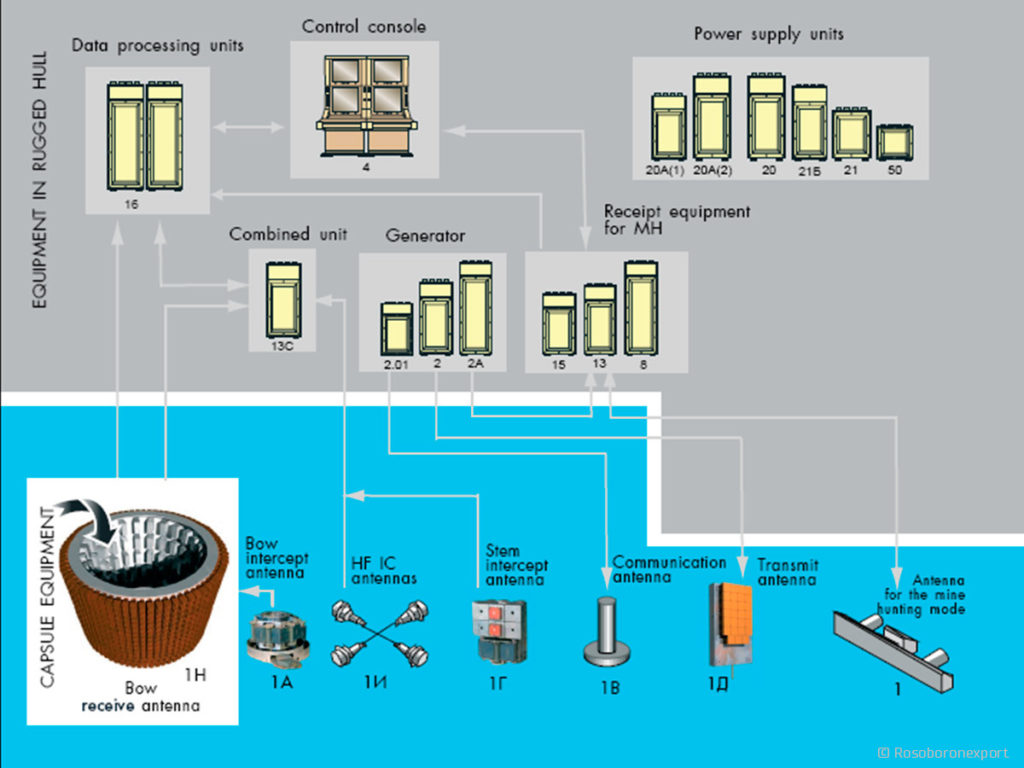
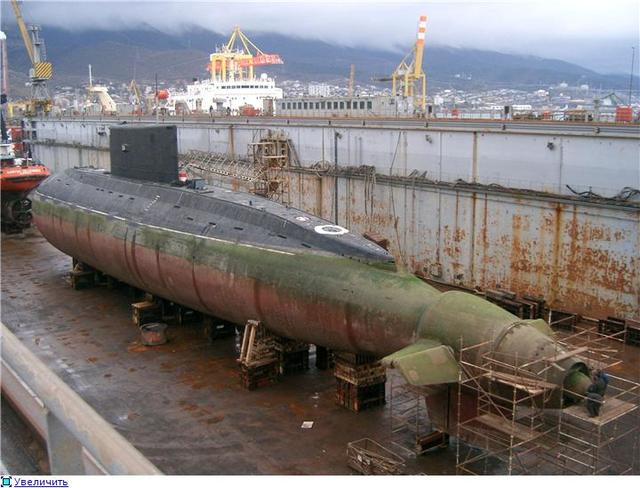
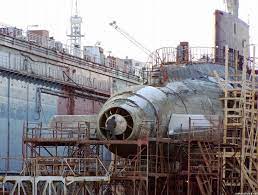
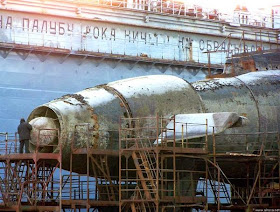
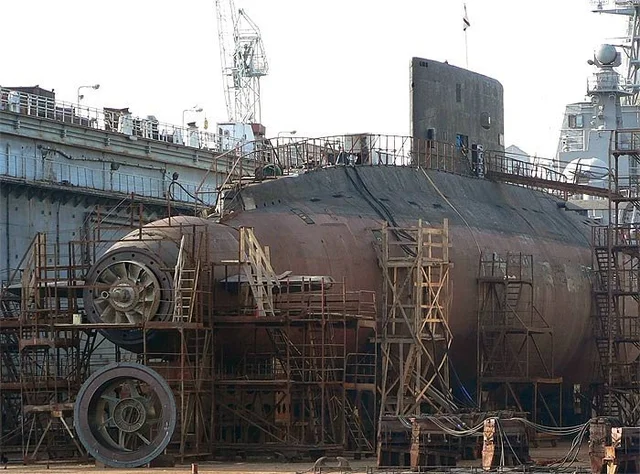
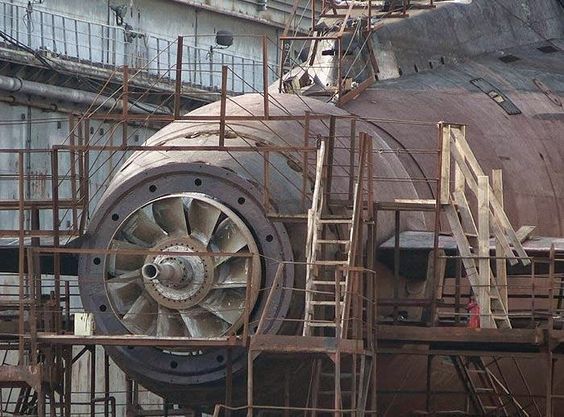
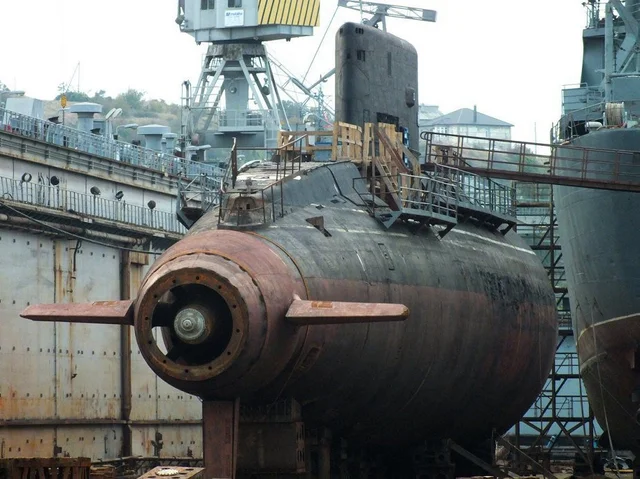
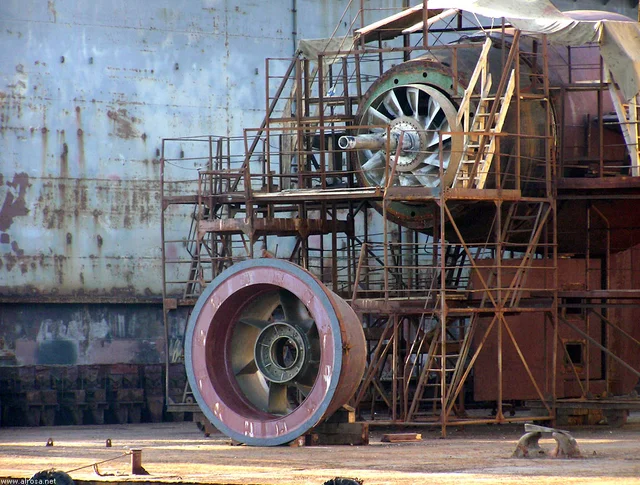
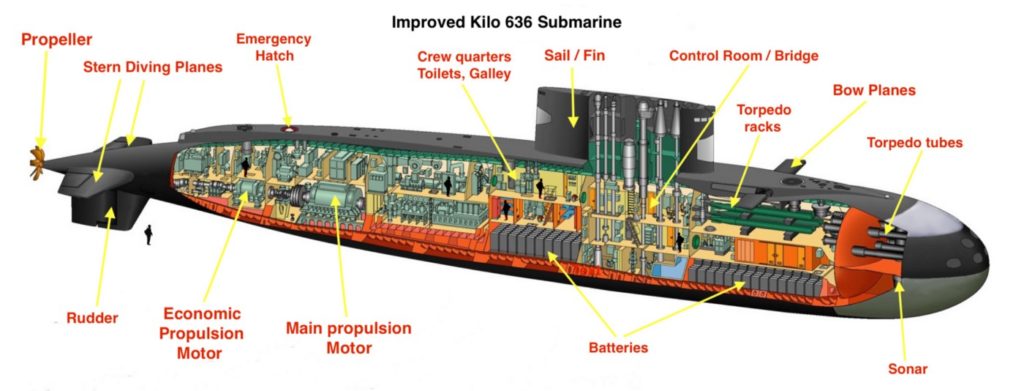
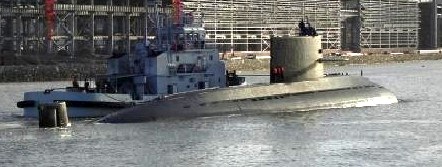
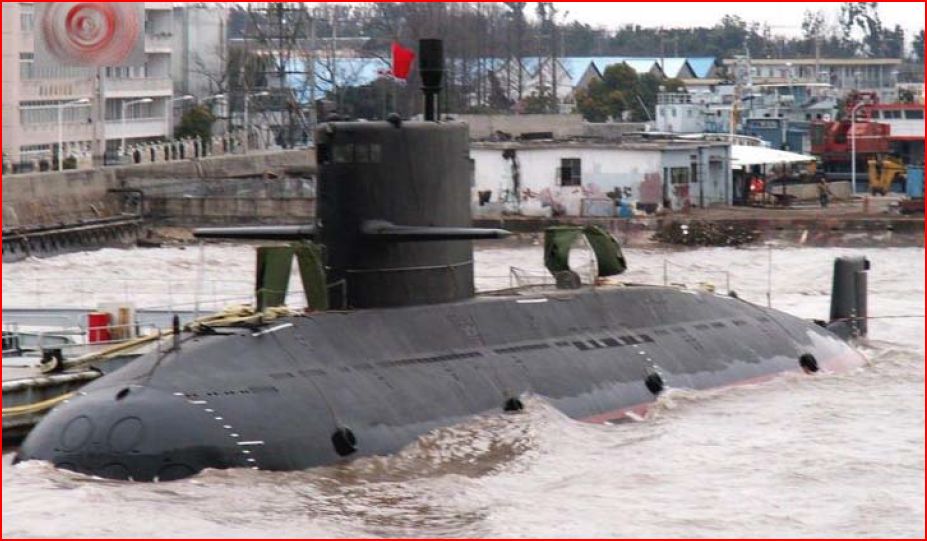

Recent Comments